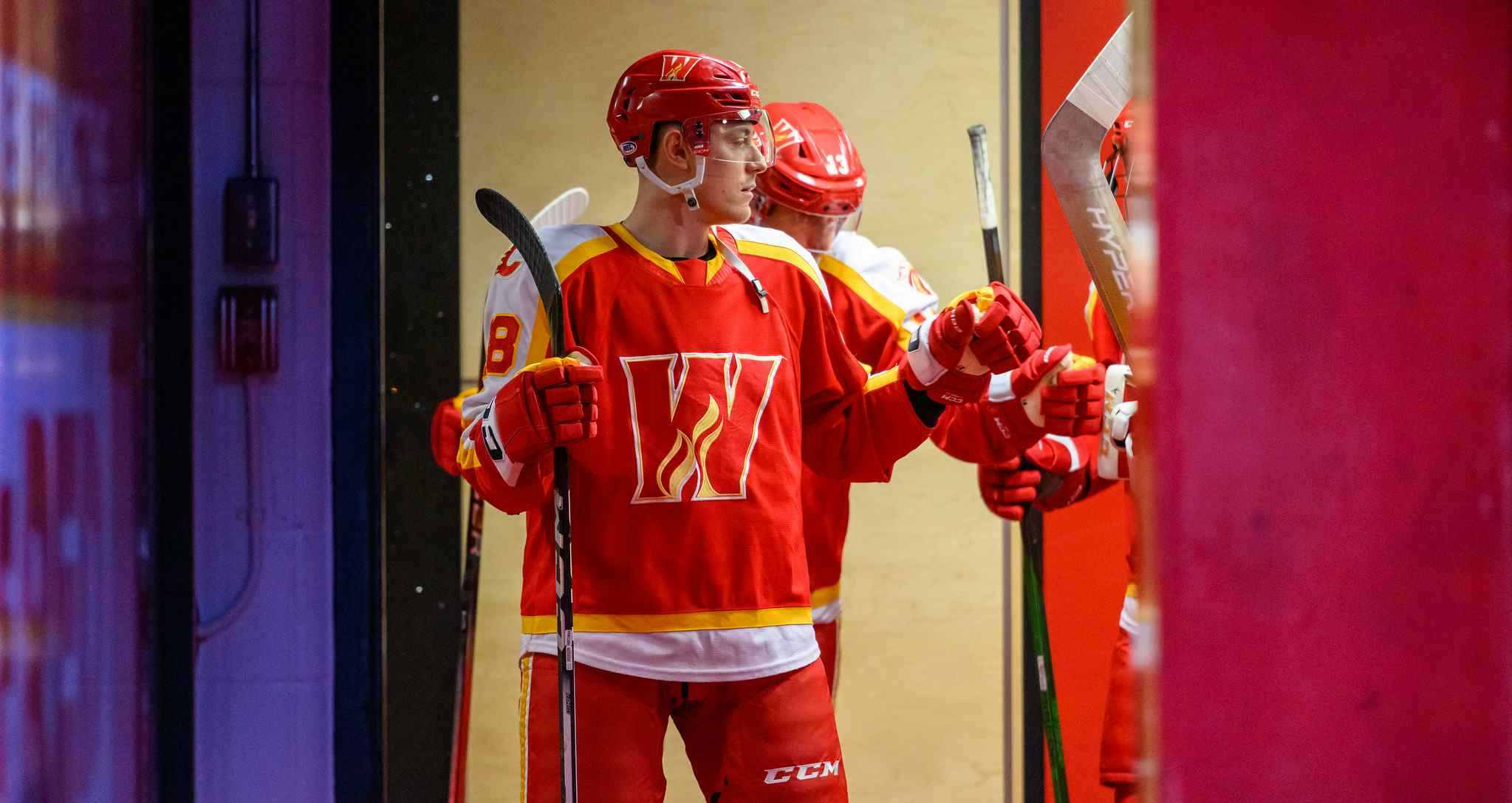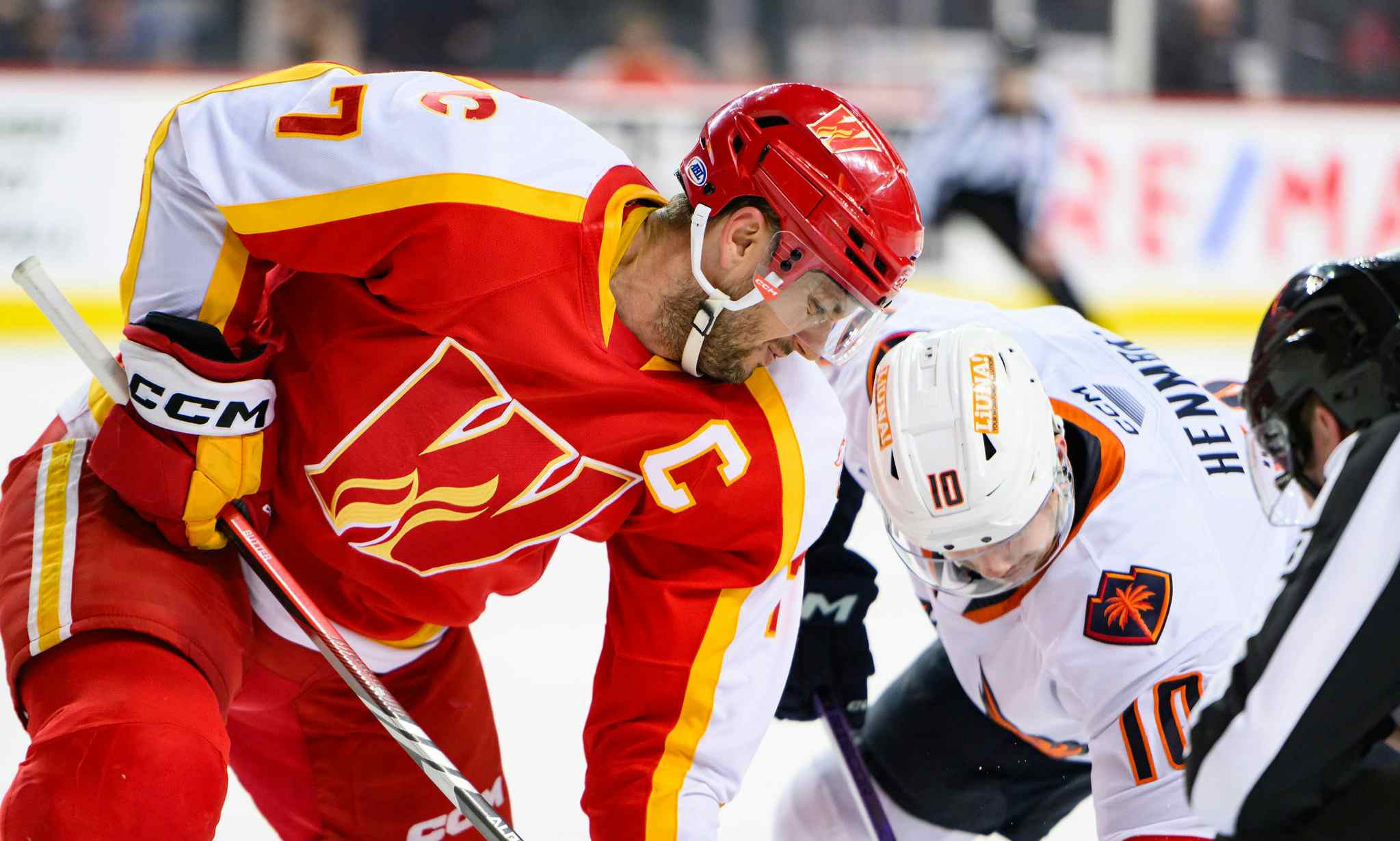Gameday Preview: There’s always drinks and dancing in the rubble
In a departure from recent matters concerning the Flames, we actually get to discuss a real hockey game today, and it’s convenient that our old pals the Avalanche are in town, since I suspect a few folks might like to see the Flames emulate Colorado’s approach to team building. I’m not quite sure I buy that, but the Denver outfit is an improving team that has given Calgary fits the last year and a half.
This year’s iteration of the Avalanche are markedly better than the club that surprised the league last year, though. Last year’s club relied on fortune and goaltending to give them a hope, but this year’s team is just getting by on shooting percentage, and I don’t mean that entirely as a pejorative.
The Avs were badly outshot last season, but this year’s team is about break-even on the overall shot clock, and JLikens’ data from last week showed them almost exactly level in terms of EV shots when the game was close. That’s a gigantic improvement on their part, and part of the reason why they don’t seem like quite such a fluke anymore.
Colorado is incredibly aggressive on the forecheck, and the 6-5 loss they pinned on the Flames in October was an excellent demonstration of that style, as they badly outplayed and outshot Calgary, forcing one turnover after another.
For all of Colorado’s improvement, there is still one significant similarity to last season, in that they shoot an astonishing percentage. Their overall SH% is north of 11, which is right there with the Canucks for best in the league, and it isn’t just one guy carrying the load carrying the load.
Here are the shooting % figures for their regular forwards compared to Calgary’s:
| Kevin Porter | 17.5 | Alex Tanguay | 18.5 | |
| Matt Duchene | 16.7 | Rene Bourque | 15.7 | |
| Chris Stewart | 16.7 | Curtis Glencross | 11.9 | |
| David Jones | 16.0 | Jarome Iginla | 11.3 | |
| TJ Galiardi | 15.6 | Brendan Morrison | 10.0 | |
| Paul Stastny | 14.9 | Niklas Hagman | 9.6 | |
| Milan Hejduk | 14.9 | Olli Jokinen | 8.7 | |
| Greg Mauldin | 12.8 | David Moss | 8.3 | |
| Brandon Yip | 12.5 | Tim Jackman | 5.7 | |
| Daniel Winnik | 7.0 | Mikael Backlund | 5.4 | |
| Philippe Dupuis | 6.8 | |||
| Ryan O’Reilly | 5.6 |
Part of this has been driven by good work on the PP, with the Avs running at a 22.8% success rate, but Colorado shoots better than 10% at EV as well. Maybe Joe Sacco sacrificed a goat once he got into coaching? Chris Stewart is still out, which is nothing but good news for the Flames, because his size and speed make him a real handful on the rush.
The area of the game where the Avs still have occasional hiccups is behind their own blueline. I watched last night’s affair versus the Oilers, and the Avalanche play a slightly reckless style. It isn’t a matter of one guy cheating up at the far blueline as much as all their forwards slightly cheat on almost every possession.
When they turn the opposition over, that approach is why they can get such a jump in transition, but they do leave their D exposed every now and then, and they struggle with a team that can cycle the puck. When Colorado gets the puck moving north, they do get some good mileage out of John-Michael Liles and Kevin Shattenkirk joining the rush, and the rookie from Connecticut is a terrific skater that has already established himself as a threat coming late into the play.
He’s shooting north of 15% as well. Like I said, check Sacco for stray entrails.
It’s likely a good thing that Colorado shoots the lights out, because their goaltending isn’t quite what it was last year, although a non-trivial part of their poor SV% has been created by the terrible Colorado PK numbers, which is quite a bit like what we’ve also seen for Kipper this season.
With Anderson playing the first half of the B2B, maybe the Flames see Budaj again, and since he isn’t batting .935 at EV this year, that would be just fine.
Gamewise, the Flames struggled in the first two periods before really wearing Colorado down when they played in Denver on November 9th. Moss, Backlund and Hagman ate the Avs for dinner in the third period with tremendous forechecking pressure, and watching the Oilers give Colorado some trouble in the final two periods last night with exactly the same approach does make me think that a half-court game still exposes Colorado to a degree.
As I mentioned up the piece, the Avs are very good on the PP and the Flames have killed penalties in slow motion for too much of this season, so as often has been the case this year, the Flames need a game with roughly 50 minutes played at EV to have any sort of edge.
Recent articles from Robert Cleave







